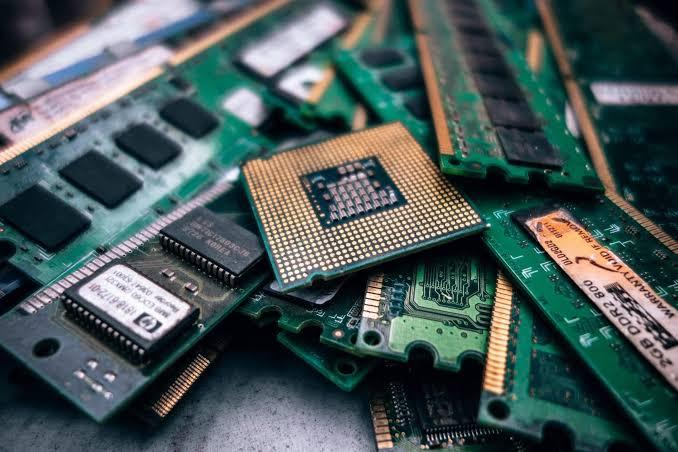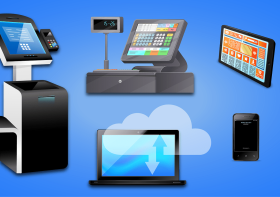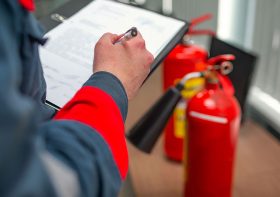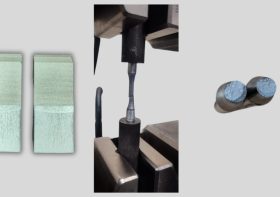Why Exactly is Electronic Waste Considered Hazardous?

The EPA (Environmental Protection Agency), has placed electronic trash in a special category of materials dubbed universal waste. This category covers any material that would normally be considered hazardous waste but which is currently not a threat to the environment.
Once electronic disposal is completed, universal waste is considered to be hazardous. This is especially true if it ends up in a landfill. The problem with electronic gadgets, including phones and computers, is that chemicals can seep into groundwater and other water resources.
These chemicals can cause serious health problems when they come in contact with any living thing, including animals and humans.
The Kit and Caboodle
Yes, e-waste is dangerous for the environment and humans because of the chemicals it contains. What chemicals do these chemicals contain?
Here’s the scoop.
Mercury
Mercury is a growing concern, especially with newer technology due to its dependence on batteries and products such as LCD screens.
It bio-accumulates in the body when it enters. Mercury is not flushed. It builds up over time and can eventually cause liver and brain damage.
Lead
CRTs (cathode-ray tubes), which are older monitors and television sets, are the main culprits for lead holders. They are becoming obsolete, thankfully. This also means that more waste ends up in landfills.
Lead can cause kidney damage and other forms of cancer.
Dioxins
Dioxins, a group of chemicals, are another concern in ewaste recycling. They are so toxic that electronic companies are reluctant to include them in their products. They form when electronic parts are melted or burned.
Ingestion of dioxin (not intentionally, obviously) can cause major birth defects, hinder development, impair growth, and suppress the immune system.
Companies need to be careful about how they dispose of e-waste. Some malicious parties may end up disposing of it overseas, where communities might burn it or extract precious metals by using acid baths.
Manufacturers of circuit boards are an example of a company trying to eliminate brominated fire retardants, which can turn into dioxins if they’re burned by using something safer. The downside to the retardants is their tendency to evaporate from the plastic of the boards, causing indoor dust to build up.
This post was written by Steven Elia Co-Founder and Recycling Director at eCycle Florida. eCycle Florida is a R2 Certified electronics recycling company in the state of Florida. Our processes and procedures are dedicated to the proper destruction and recycling of your electronics. eCycle Florida is your go-to for electronics recycling in Miami.



